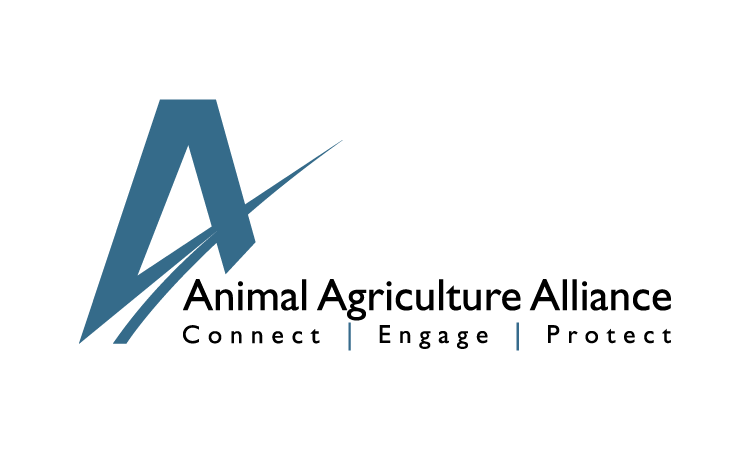From Division of Adolescent and Young Adult Medicine and the Division of Gynecology at Boston Children’s Hospital’s Center for Young Women’s Health
Iron is a mineral that helps build red blood cells. Most importantly, iron helps your blood cells carry the oxygen that is needed for energy. Getting the right amount of iron can improve your performance in sports and in school. Iron is an important nutrient for teen girls, especially for those who have started menstruating. Vegetarians also need to pay extra attention to make sure they get enough iron.
What is anemia?
Anemia is a condition that occurs when you don’t have enough healthy red blood cells. Without the right amount of healthy red blood cells, enough oxygen doesn’t get into your body. This causes people with anemia to look pale, and often feel weak and tired. The most common causes are not getting enough iron or losing too much iron from heavy menstrual periods. Your health care provider may recommend a multivitamin with iron if it seems like you are not getting enough iron from foods. If you are already anemic, your health care provider will probably suggest an iron supplement.
How much iron do I need?
Iron is measured in milligrams. The amount you need depends on your age, gender, body size, and lifestyle. In general, though, you can use these guidelines to determine how much iron you need.
- Girls age 9-13: 8 mg/day
- Girls age 14-18: 15 mg/day
What foods are rich in iron?
Good sources of iron include red meat, eggs, poultry, fish, legumes (or beans), and fortified cereals. It is important to know that your body absorbs iron from animal sources (known as “heme” iron) more easily than it absorbs iron from plant sources (known as “non-heme” iron). The abest sources of iron in food come from things that might not sound too appetizing, such as beef liver and chicken giblets. However, there are plenty of foods that you probably already eat that contain iron as well. The following table lists some foods that are good sources of iron.
| Food | Serving Size | Iron (mg) |
| Beans and Peas | ||
| Baked beans, without pork | 1/2 cup | 1.5 |
| Chick peas (boiled, not from a can) | 1/2 cup | 2.4 |
| Lentils | 1/2 cup | 3.3 |
| Kidney beans (boiled, not from a can) | 1/2 cup | 2 |
| White beans, canned | 1/2 cup | 3.9 |
| Cereals | ||
| Cheerios® | 1 cup | 9.3 |
| Cinnamon Life® | 3/4 cup | 7.4 |
| Frosted Miniwheats® | 24 biscuits | 17.5 |
| Rice Krispies® | 1 1/4 cup | 10 |
| Whole Grain Total® | 3/4 cup | 18 |
| Malt-O-Meal® hot cereal | 1 serving | 13.9 |
| Dried Fruit | ||
| Peaches | 1/4 cup | 1.6 |
| Apricots | 1/2 cup | 1.75 |
| Raisins | 1/4 cup | .7 |
| Meat, Poultry and Fish | ||
| Egg | 1 large | 0.6 |
| Pork* | 3 ounces | 1.0 |
| Tuna, canned* | 3 ounces | 1.0 |
| Beef loin* | 3 ounces | 3.0 |
| Ground turkey* | 3 ounces | 0.7 |
| Chicken* | 3 ounces | 1.7 |
| Turkey deli meat | 3 ounces | 1.9 |
| Other | ||
| Almonds | 1 ounce | 1.0 |
| Cashews, unsalted | 1 ounce | 1.7 |
| Prune juice | 1/2 cup | 1.5 |
| Spinach, boiled | 1/2 cup | 3.2 |
| * Source of heme iron | ||
Nutrition Tips:
- Foods high in vitamin C help your body absorb non-heme iron. Eat iron-rich foods along with foods that are high in vitamin C, such as citrus fruits and juices, cantaloupe, strawberries, tomatoes, and dark green vegetables to increase the amount of iron you absorb. For example, top your cereal with strawberries, add tomato slices to a turkey sandwich, or have an orange with a peanut butter sandwich or, make a meal that contains both nutrients such as turkey and bean chili with tomatoes, or chicken fajitas with green peppers.
- If you take a calcium supplement, try not to take it at the same time as your iron supplement because your body absorbs these nutrients better when they are taken separately.
- Don’t take an iron supplement with caffeinated drink such as cola or coffee. Caffeine can interfere with iron absorption.
- Choose breads, cereals, and pastas that say “enriched” or “iron-fortified” on the label. These foods have extra iron that can really boost your intake.
Category: Key Issues
